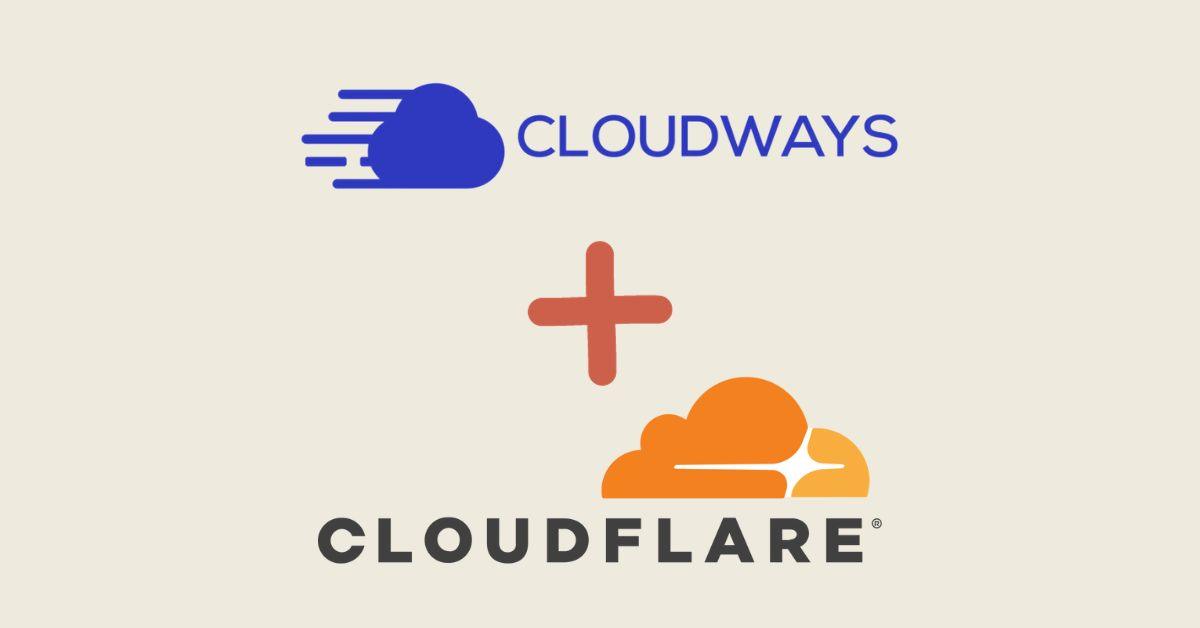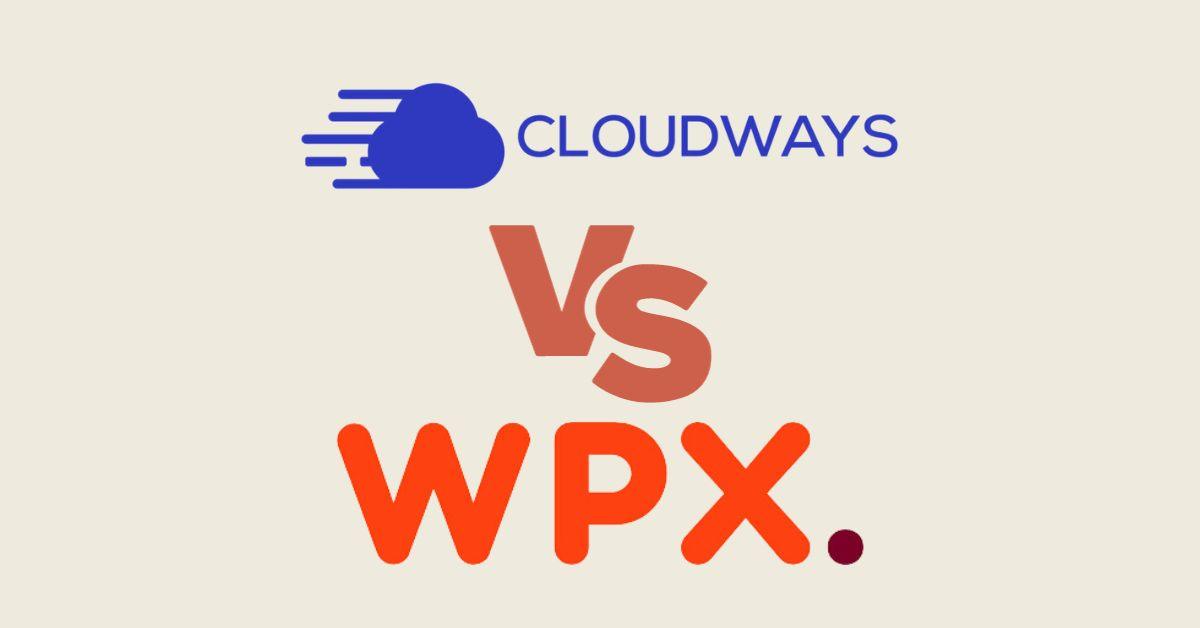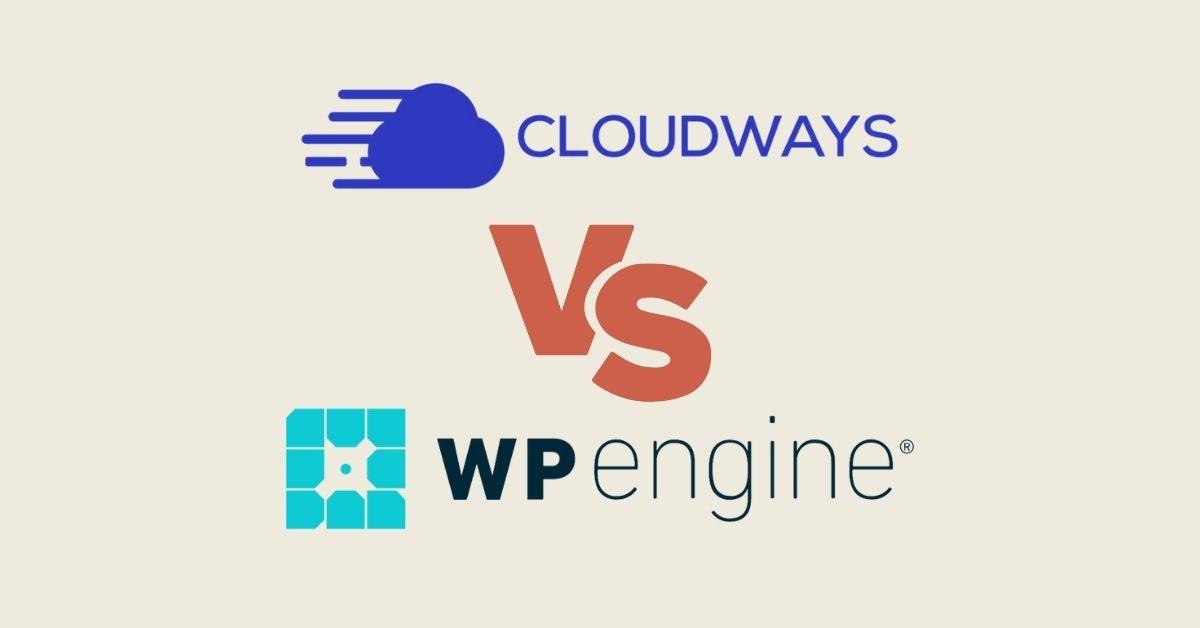You have a Pinterest account.
And you want to know how to use it better, right?
But there are so many different strategies and tactics out there that it can be hard to know where to start.
We’ve put together this list of 20 things to know before posting on Pinterest.
This way you’ll get more traffic from your pins and see an increase in engagement with your followers!
1. Create a Business Account

Go ahead and create a Pinterest account as you would with any other social network, but make sure to change your settings to ‘business’ instead of just ‘personal’.
This will help keep all of your boards and pins organized and it will give you access to additional analytics that can help you better understand what your audience is doing.
2. Fill out Your Profile
This will help people connect with you and learn more about your brand, which gives them a reason to follow you in the first place!
Include your website URL, physical address, email address, and phone number so that potential customers can easily get in touch with you if they want to learn more about your products.
3. Pin Consistently
You can’t just begin posting to Pinterest and expect to become an overnight success.
It takes time for people to find you, so take the time necessary to create a schedule that works well with your brand.
Set aside some time every day or week where you can pin images from your website or other social media profiles.
Keep in mind that your followers want to know what to expect from you, so they will come back and check out your pins if you can stick with a schedule.
4. Upload High-quality Images

This is especially important if you’re using affiliate links in your posts, as those links will be more likely to convert into sales if the image you use looks great.
It’s also important to upload high-quality images because the Pinterest community is really picky about what they share.
If you post low-resolution or blurry pictures, your pins probably won’t be repinned very often at all!
5. Use Keywords in Your Descriptions
When people do click on your pin and view it in more detail, they’ll be able to learn more about your product and get an idea of what it’s like.
When you create a description for that pin, make sure that you include relevant keywords so that they can show up when people search Pinterest for those words!
6. Use the Right Amount of Hashtags

Hashtags are a great way to connect with a larger audience and meet people who might not have seen your pins otherwise.
But they can also be very overwhelming, so make sure that you don’t use too many hashtags in one pin description.
Limit yourself to 1 or 2 hashtags per post at the most.
7. Connect Your Social Media Accounts

Pinterest will allow you to connect your Facebook, Twitter, and other important social media profiles to your Pinterest account.
This will help drive more traffic from Pinterest back to your other social media platforms and it can also be a huge benefit if you’re trying to grow your audience on those sites too.
8. Optimize Pinterest for SEO

Add some descriptive words to each image so that they show up in Google search results.
This will help bring traffic to your website and increase conversions.
If you’re using affiliate links in your pins, this is especially important because it will help those links rank higher on Google.
9. Use Relevant Keywords in Your Boards’ Names
When you create a new board, make sure it’s something that’s relevant to your brand or the content on Pinterest.
Use keywords like “food,” “fitness,” or “travel” if that’s something you want to be known for.
Pinterest boards with descriptive names get more traffic, so take the time to create a good name for each board.
10. Create Themed Boards
When your pins are grouped together in boards, they become easier to find and inspire people to click on them.
By creating themed boards, you can make it easier for people to navigate Pinterest and find pins that might be interesting to them.
11. Keep a Schedule
Organize your pins around a schedule and make sure you stay active on Pinterest even when you’re not posting new content.
This will keep your followers engaged with your brand while you’re away!
12. Share Other People’s Pins

By sharing other people’s pins, you can become a valuable source of information for your followers and they’ll appreciate the extra content!
When you share someone else’s pin with your own unique twist on it, they might even come back to check out what else you have to say.
Not only is this a way to give back to the community, but it’s also a great tactic for social media growth.
13. Track Your Statistics

Pinterest analytics are available for free to all users, but you have to track each pin individually by hand unless you use a third-party service.
You can find out how many views your pins are getting, which boards are doing the best, and what content is resonating the most with your audience.
Tracking your statistics will help you make data-driven decisions and make more informed choices about future content, images, and boards.
14. Create Pinterest-specific Graphics

In addition to uploading images from your own website or blog, you should also create graphical content that lives only on Pinterest.
For example, you might want to design a custom pin button for your website that you can put into a blog post or sidebar.
By creating graphics that are Pinterest-specific, you’ll be able to increase the amount of traffic coming from Pinterest and drive up conversions.
15. Add Links to Your Pin Descriptions
Remember to add a link to each pin that links back to your website.
This way, when your followers are browsing Pinterest they will get an extra push towards your website – which could lead to increased conversions.
16. Create Boards for Individual Content Pieces
Pinterest allows you to create multiple boards for each pin, so make use of that by creating specific boards for each different blog post or piece of content on your website.
This way, you can direct certain types of people towards the right board and increase conversions with targeted pins.
17. Use Rich Pins

Rich Pins are a type of organic Pin that automatically sync information from your website to your Pins.
You can identify Rich Pins by the extra information above and below the image on closeup and the bold title in your feed.
Rich pins give you the ability to add more information to each pin.
There are 5 different types of rich pins: app, article, place, movie, and product.
For example, if you have a restaurant webpage, you could add the Yelp rating to your pin so people can see it without having to click on your website.
18. Use Pinterest Share Buttons
Make it easy for people to pin your content by adding Pinterest share buttons to your blog or website.
There are free plugins that will allow you to do this, or you can just copy the HTML code and place it in your blog post or sidebar.
19. Create “Pin It for Later” Buttons
When you’re browsing other profiles, you’ll often see a “Pin it for Later” button next to images that have been saved.
In order to create one of these buttons, use the Pin It Button Generator from Tailwind.
It’s a free tool that will automatically generate HTML code for your website or blog so people can pin your content even when they’re not using Pinterest.
20. Add Boards to Match the Stages of Your Sales Funnel
Create multiple boards for each stage of your sales funnel, including a board for ‘newbies’, ‘engaged’, and ‘sales ready’.
This way, you’re adding a layer of engagement to your website that can ultimately lead to increased conversions.
Conclusion
I hope that the content in this article will help you to better understand Pinterest and how it can fit into your overall marketing strategy.
Pinterest is a powerful resource that has the potential to drive huge traffic to your website, as long as you play by its rules and take advantage of all the opportunities that it provides.
I encourage you to take a step back from social media marketing and view it as a whole new landscape that is very different from the other more mature channels out there.
Pinterest is a fresh space that has yet to be exhausted, so it’s a great opportunity for digital marketers who are looking to create some ground-breaking content.
In order to get the most from Pinterest, you have to think of it as a separate entity from other social networks and approach your marketing strategy on it accordingly.
Till next time!






